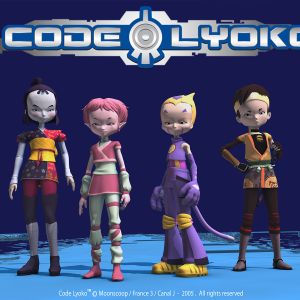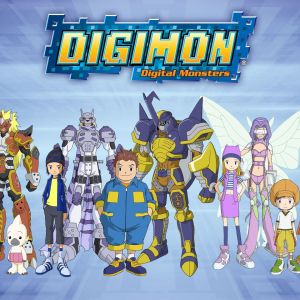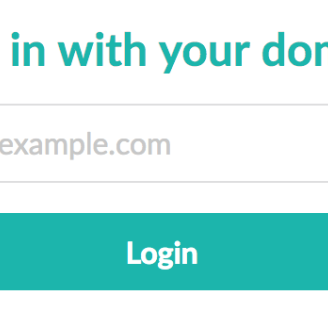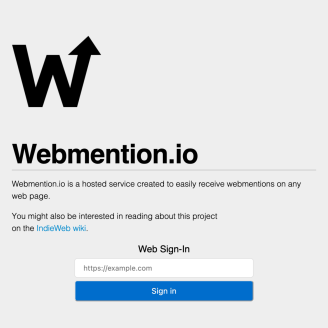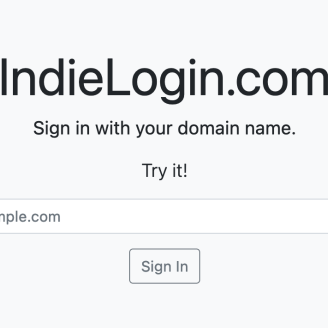Introduction
I started messing with AI a lot more. One of my students got me doing more with it! Thanks Ryan! I started out with ChatGPT from OpenAI. I've been thinking about tv show crossovers. Crossovers are fun! Especially on animated shows.
Every since I was a kid I've really enjoyed two animated shows, Digimon Frontier and Code Lyoko. They both involved the digital/virtual world and the real world.
Code Lyoko tends to show a lot more regarding how "AI" can go wrong. I will write a blog post on Code Lyoko very soon!
Background on Code Lyoko and Digimon Frontier
Code Lyoko is a French animated television series that was produced by MoonScoop Group and aired from 2003 to 2007. It follows the adventures of a group of four students - Jeremie, Ulrich, Odd, and Yumi - who discover a virtual world called Lyoko. In Lyoko, they fight against an evil artificial intelligence named XANA that seeks to take over both the virtual and real worlds.
Digimon Frontier is the fourth season of the Digimon anime series. It aired in Japan from 2002 to 2003 and was dubbed into English and aired in North America in 2004. The show follows a group of five children - Takuya, Koji, Zoe, J.P., and Tommy - who are transported to the Digital World to fight against an evil force known as the Royal Knights.
Unlike previous seasons of Digimon, the children in Digimon Frontier transform into Digimon themselves and fight alongside their partner Digimon. Each of the children has a unique spirit that allows them to transform into a different Digimon, and they must learn to master their powers in order to save the Digital World.
The show is known for its action-packed battles, complex characters, and intricate
ChatGPT Combining Code Lyoko and Digimon Frontier
I ask ChatGPT to create a story line combining both worlds and I got this. I really like this.!
Combining Digimon Frontier and Code Lyoko would create an interesting story that combines the elements of both shows. The concept of a virtual world threatened by an evil force is a common thread between the two shows, and could serve as a basis for a crossover.
In this hypothetical scenario, the characters from Digimon Frontier would find themselves transported to the world of Code Lyoko, where they must team up with the Lyoko warriors to defeat XANA and save both the digital and real worlds from destruction. The Digimon would bring their unique powers and abilities to the fight, while the Lyoko warriors would provide their expertise in hacking and computer programming.
Together, the two groups would explore the virtual world of Lyoko, battling monsters and uncovering XANA's plans. The conflict between XANA and the Digimon's arch-nemesis, the evil Digimon Emperor, could also be woven into the story to add an additional layer of complexity.
Overall, a crossover between Digimon Frontier and Code Lyoko could create an exciting and action-packed adventure that would appeal to fans of both shows.
Question
Do you think we will ever get to this point where we need to fight the evils of the digital/virtual worlds? Honestly, I think we will someday. I'd love to hear from you all.
- Pablo
